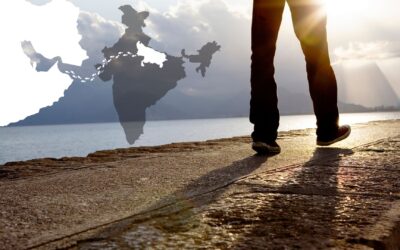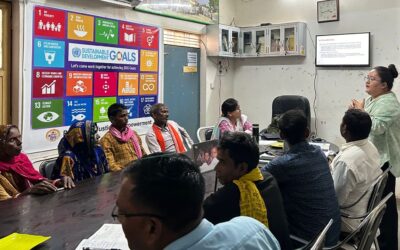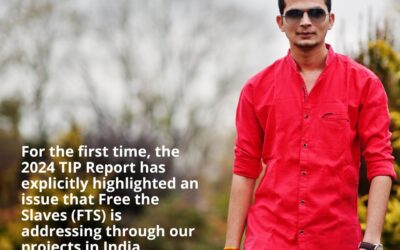Editor’s Note: This is the third of three dispatches we will feature this week written by Free the Slaves Executive Director Maurice Middleberg during his recent trip to India.
DATELINE: Punarnawa Ashram, Purnea District, Bihar State, India
The girls are so young – 8, 10, 12, 15. Many are small and slight. All are victims of sex trafficking. By force, fraud or duplicity, each fell victim to a sex trafficker who sold her to a brothel.
Typically, the girls were raped as a prelude to their life as a sex slave. Many are given alcohol or drugs to make them more pliable and to deepen their dependence on the brothel owner.
Police raids and rescues are needed to free the girls from the clutches of the brothel. But rescue is only the first step in the healing process.
Punarnawa Ashram, which is supported by Free the Slaves, is the safe haven where the path back to normal life begins. The ashram is a large, verdant enclosure, where the girls can be secure and feel safe. There are dormitories, classrooms, a field to grow crops, a shed for three milk cows, a kitchen and play areas. Space is set aside for counseling and medical care. Between 25 and 50 girls are in residence at any time.
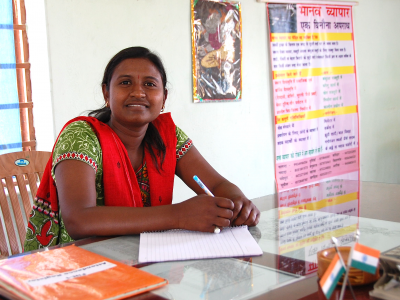
Ashram Coordinator Amita Gaur | Photo: FTS / FitzPatrick
The ashram coordinator, Amita Gaur, is a soft spoken woman whose gentle demeanor overlays a fierce determination to protect and serve the girls in her care. Under her leadership, Punarnawa Ashram provides the care and guidance the girls need.
Girls are referred to the ashram by police or child welfare authorities after being rescued. The first seven days after arrival are a decompression period, when the girl is given space to rest and adjust to her new surroundings. During the first 30 days, a needs assessment is carried out and immediate counseling and medical needs are addressed. The girl’s family is contacted.
Girls stay at the ashram for at least six months, and can stay longer until the staff determines that the girl is ready for re-entry. The girls receive group therapy, medical care, basic education, vocational training and life skills coaching. Girls are provided with legal representation if they chose to participate in the prosecution of traffickers and brothel owners. They are also given space to play and take up hobbies.
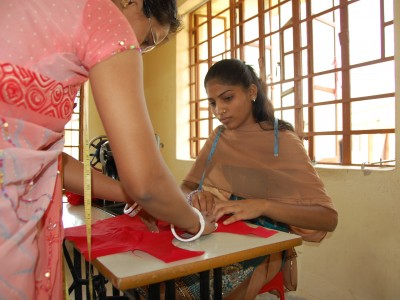
Vocational training at the ashram | Photo: FTS / FitzPatrick
Before a girl is released, there is an assessment of the environment at her home to be sure she can be successfully reintegrated. As needed, the ashram provides family counseling and education to overcome stigma or other counter-productive family behavior, so that the girl will be completely accepted and supported by her family. There is follow-up with the survivors during the first six months after they return to their families; telephone follow up can go a for as long as a year.
Girls sometimes return to the ashram to encourage and inspire residents, especially when there has been a successful prosecution of the trafficker.
Perhaps most remarkable and moving was seeing the girls being girls again – laughing, playing, dressing up an effigy for a Hindu festival, and dancing. With help, these children show amazing resilience.
Punanarwa Ashram is a remarkable place. With the help of our supporters, Free the Slaves is committed to sustaining and expanding the work of the ashram, so that the most wounded girls can be made whole again.
Learn more about Free the Slaves successes in India on our India program webpage. See our newest video of a rescue in India on our YouTube channel. (The slavery survivors pictured have agreed that their photos may be used in articles about the ashram.)

